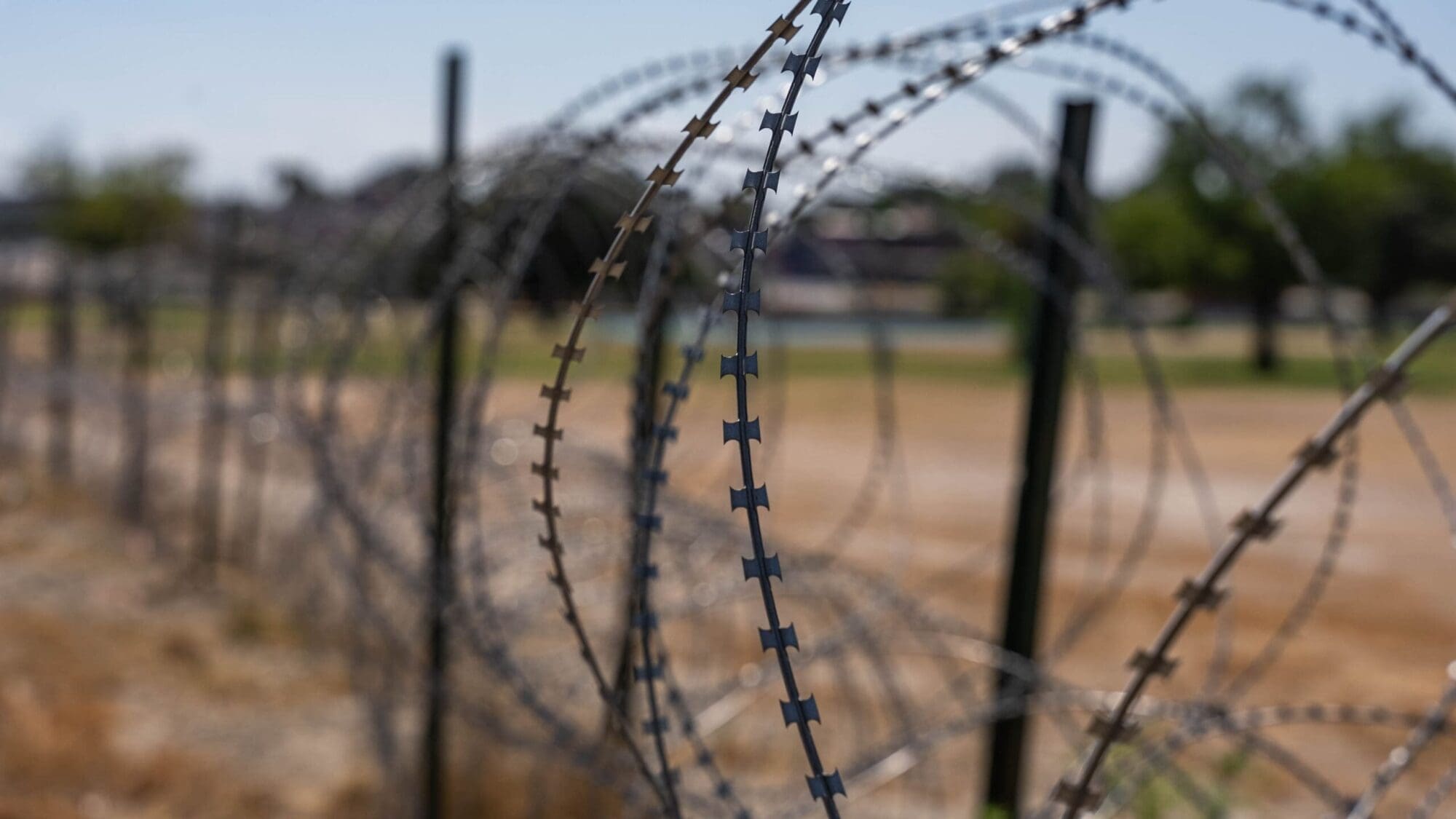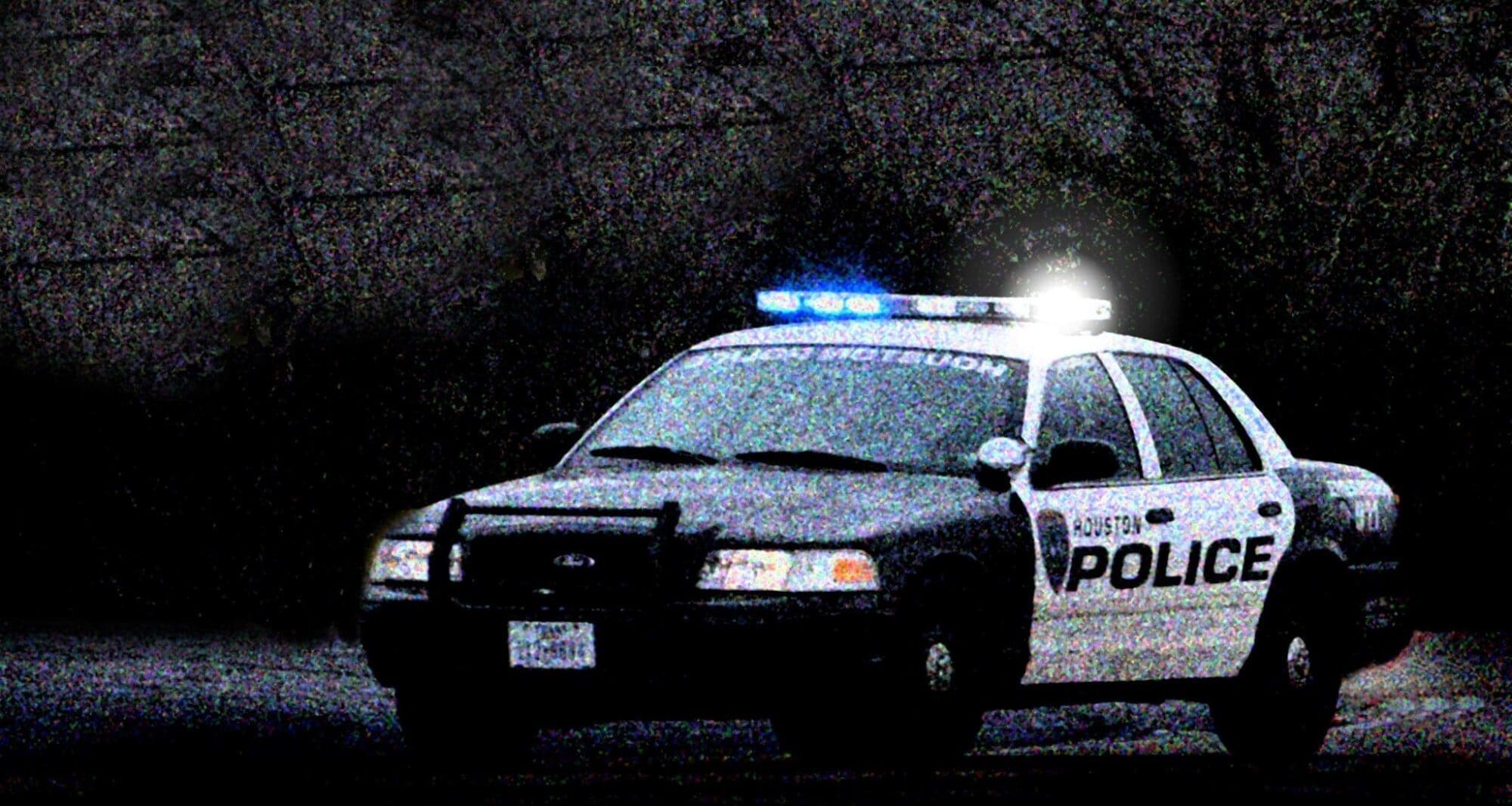When lawmakers took daily control of the Alamo away from the Daughters of the Republic of Texas, it was because many felt the challenge of maintaining the Shrine of Texas Liberty had become too immense for the organization. But a new fight is looming over how the Alamo will be presented, and remembered, in the future.
“Remember the Alamo!” That was the battle cry of Texans in 1836 as they defeated Santa Anna’s army on the fields of San Jacinto. Today, some claim the shrine is in danger of being “reimagined” to appease a new wave of political correctness.
Is the Alamo in danger? Is the controversy real?
The Alamo, a Catholic mission, was old when it became the final resting place for nearly 200 Texans fending off several thousand Mexican soldiers. The Texans were massacred when their defensive position was overrun on the morning of March 6, 1836. Their horrific death was not in vain; the fresh memory of the massacre rallied Texans to the cause of independence.
Since 2011 the Alamo has been in the hands of the General Land Office, which asked for bids from private companies to administer – and improve – the Alamo’s preservatation.
But concerns have been raised about the “Reimagine The Alamo” plan by critics who worry the so-called “master plan” goes too far. The State Republican Executive Committee recently adopted a resolution by a vote of 57-1 expressing concern about the project and urging that no one lose sight of the 1836 battle. West Texas talk radio host Robert Pratt has noted that re-imaging “has been all the rage with the Left and most often results in exhibits where cultural heroes are diminished and bad-guys reinterpreted as victims.”
The rumors on the Internet and around the state range from ludicrous (“Jim Bowie’s knife will be taken away!”) to the all-to-serious (moving the Cenotaph).
And, no, the Alamo isn’t going to be renamed. But vague and conflicting language from the GLO and its commissioner, George P. Bush, hasn’t helped.
For example, like the memorials erected on the Gettysburg battlefield where soldiers gave the last full measure of devotion to their cause, the Alamo features a massive memorial – the Cenotaph – to the 189 men who died. It’s claimed the Cenotaph, which was commissioned on the battle’s centennial and unveiled several years later, would be taken down and moved to a San Antonio park that features a statue honoring a labor union leader.
True? The GLO’s “SaveTheAlamo.com” website offers this response:
The City of San Antonio owns the cenotaph and plans to repair and restore the monument, as well as add the names of additional defenders who were unknown when the Cenotaph was erected in 1939. Discussion is ongoing about where the Cenotaph will be located once restoration work is complete. One idea is to relocate the Cenotaph (which means “empty tomb”) to the location of one of the funeral pyres, which would serve to restore the 1836 battlefield footprint and to properly honor the location where the defenders’ bodies were burned. Evidence indicates that two of the funeral pyres were located near St. Joseph Church on Commerce Street, and the third was some distance east of the Alamo’s church. While the City of San Antonio has made no final decision on the Cenotaph’s future location, what is certain is the monument will be repaired, and it will always stand to honor the Alamo Defenders.
So the answer is ‘yes, sort of, it will be moved but we don’t know where, and it won’t go back to its current location.’ The logic – obliquely expressed – is that the Cenotaph is in the way of the battlefield and should be moved. But that’s never posed a problem for Gettysburg or the hundreds of sites where monuments to the dead rest on battlefields.
If, as many people believe, the defining chapter in Texas history – and the history of the Alamo – was the battle of 1836, then the Cenotaph should stay put, or at least on the grounds.
Remember, the Mexican Army dishonorably stacked the bodies of the Alamo’s defenders and set them on fire, letting the remains and ashes scatter without burial. The battle cry at San Jacinto – “Remember the Alamo! Remember Goliad!” – had nothing to do with structures or grounds, and everything to do with those who were massacred and denied Christian burials by Santa Anna. (Orders, by the way, which his own officers found repugnant.)
If the GLO wants to truly remember the Alamo, and put the significance of the battle at the old mission into the appropriate context of Mexican tyranny, nothing does it better than the Cenotaph. Moving the Cenotaph away from the Alamo is unacceptable. It would a pile modern insult on top of the original disgrace.
There are other frustrations as well, such as that the lead architect for the “reimagining” of the Alamo – George Skarmeas – has reportedly relegated the March 6, 1836, battle to “just one small chapter in 10,000 years of history.”
In any context, such trivialization gives pause to those who worry about how the defining moment in the fight for Texas’ Independence might be addressed in the future.
The “Reimagine The Alamo” Master Plan statement of guiding principles stokes the fires of concern lit by Skarmeas. “The 1836 Battle of the Alamo, the most widely recognized event, provides an opportunity to tell the entire history of the Alamo area.” This list of “principles” also describes the re-imagining project as one that will “embrace the continuum of history to foster understanding and healing.” Got that?
Politically correct platitudes might sell in academic journals, but Texans aren’t looking for a huggable Alamo. We preserve the spot so we can remember those who died.
As the controversy has festered in Texas and around the nation, the one person who could put the worries to rest is Commissioner Bush, but he has been largely silent until a mostly unpublicized speech in early October. His most public effort was the GLO’s recent launch of the one-page website quoted above. And that appears to have been hastily written mainly to address concerns coming from the governing body of the Republican Party of Texas and rumors circulating around the state.
Responding to national news story, the GLO’s director of communications this week wrote an article rightly describing the Alamo as “the living, beating heart of Texas.“
But, again, it is George P. Bush who must himself speak out. He alone can unequivocally reassure nervous Texans that he won’t allow the site to be desecrated or muddled. Frankly, Bush bears responsibility for not speaking more plainly and openly about the issue during the last three years. Where misinformation has taken hold, it has been fertilized in the manure of political correctness that has covered our nation. And too much of the language in the “master plan” Bush has endorsed feeds into the fears of those who worry that the Alamo will fall to the social agenda of the left.
The Alamo should not be a political issue, but it could easily become a potent one if Bush doesn’t move fast to quell the rumors and set an unambiguous tone for the project. (His declared GOP primary opponent for the office, Davey Edwards, has the Alamo front-and-center in his campaign literature.)
It may be inconvenient to the legions of consultants and academics making money off the project, but there are serious concerns not only about what the Alamo will look like after it has been “reimagined,” but what it will say about the massacre that symbolized Mexican oppression in Texas.
The Alamo doesn’t need to be reimagined. It must be remembered. Not because of some vague sentiment about 10,000 years of history, but rather for the very real Tejanos and Americans who on a March morning in 1836 chose to “die like a soldier who never forgets what is due to his own honor & that of his country—Victory or Death.”
They died so that we might have victory and liberty. The only reason to preserve the Alamo is so we will remember them and be inspired by their sacrifice.





